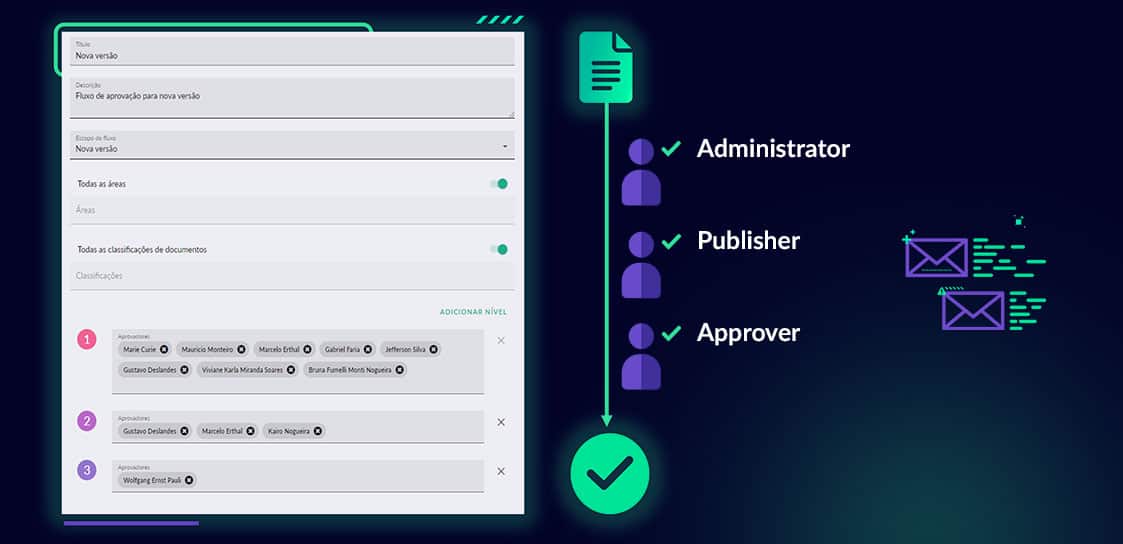Permission policy in compliance management software
Click to rate this post!
[Total: 0 Average: 0]
How does it work?
From the moment the employee acceptance is given, they are demonstrating to the compliance management software that they have read and are in compliance with the policy stipulated by itself and by the accompanying document. In this way, if the employee takes any illegal action that violates the company’s code of ethics, the company will be held individually responsible for its actions.Permission




